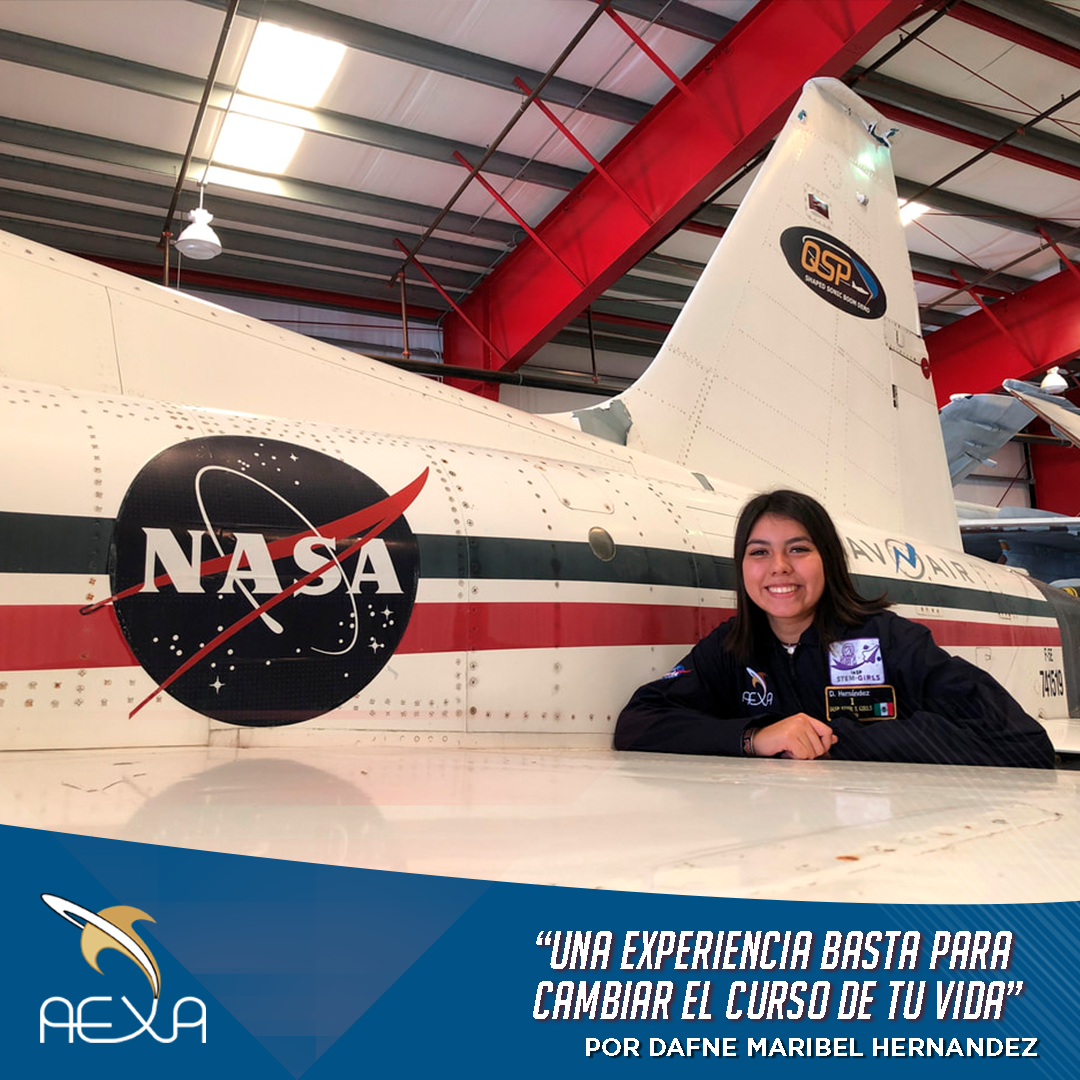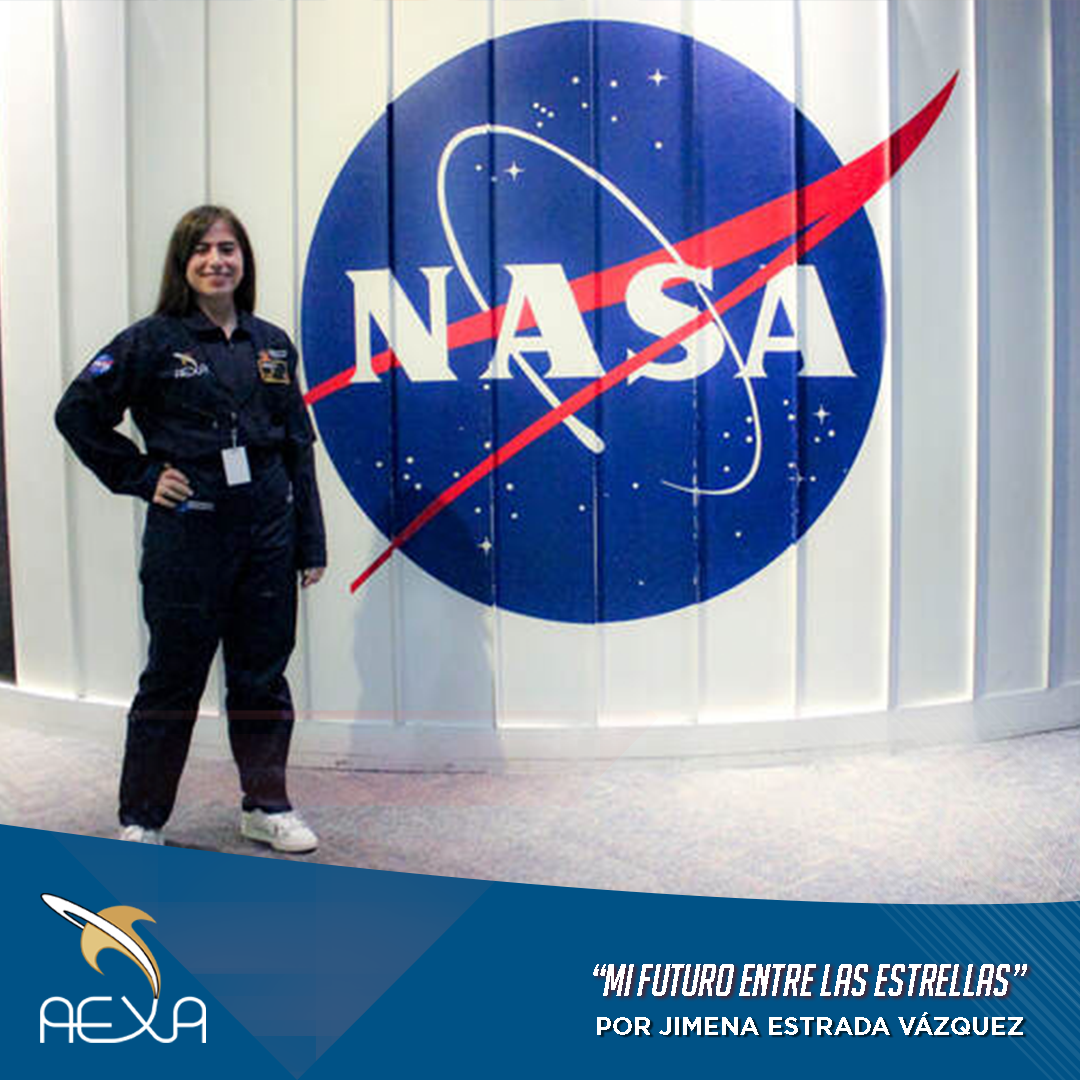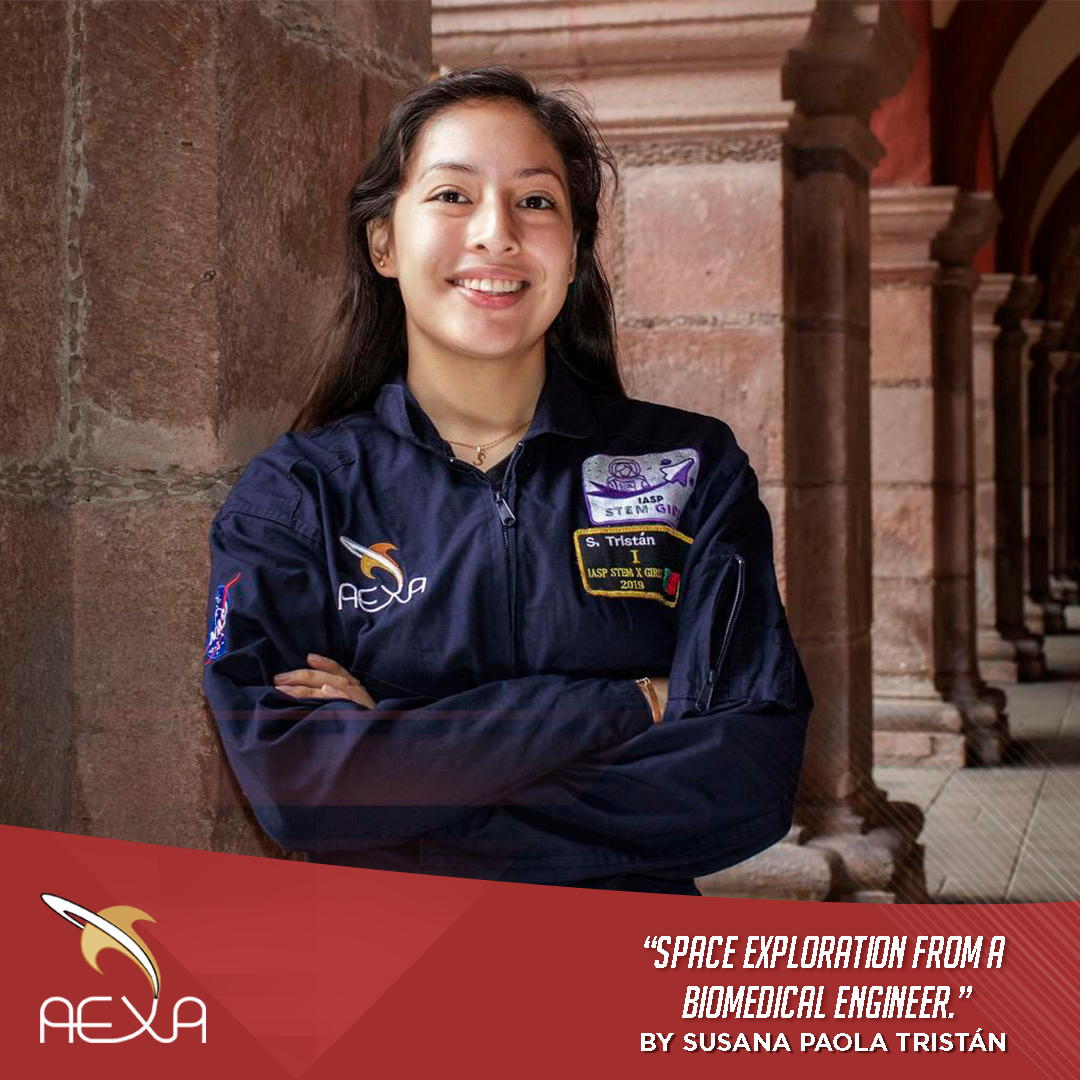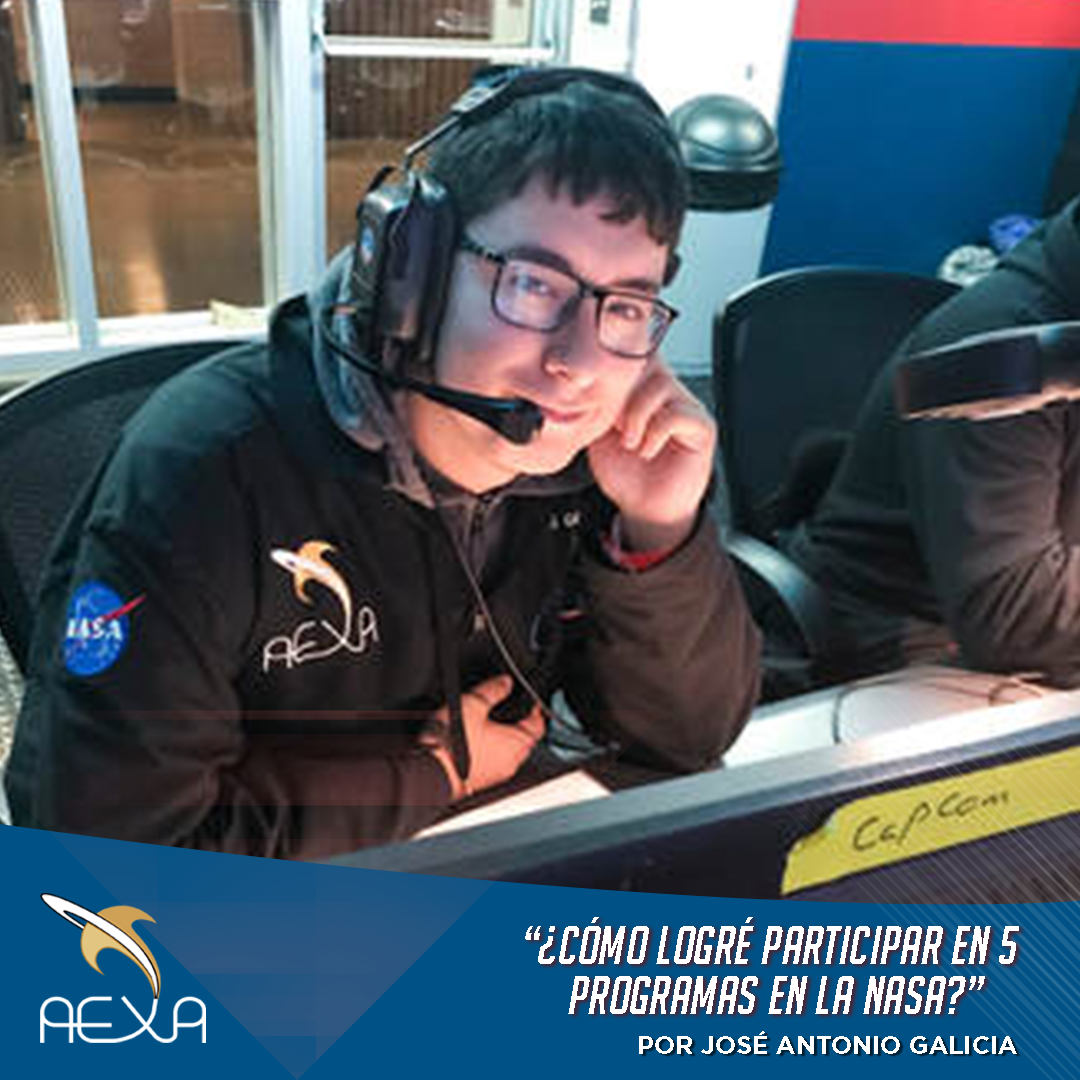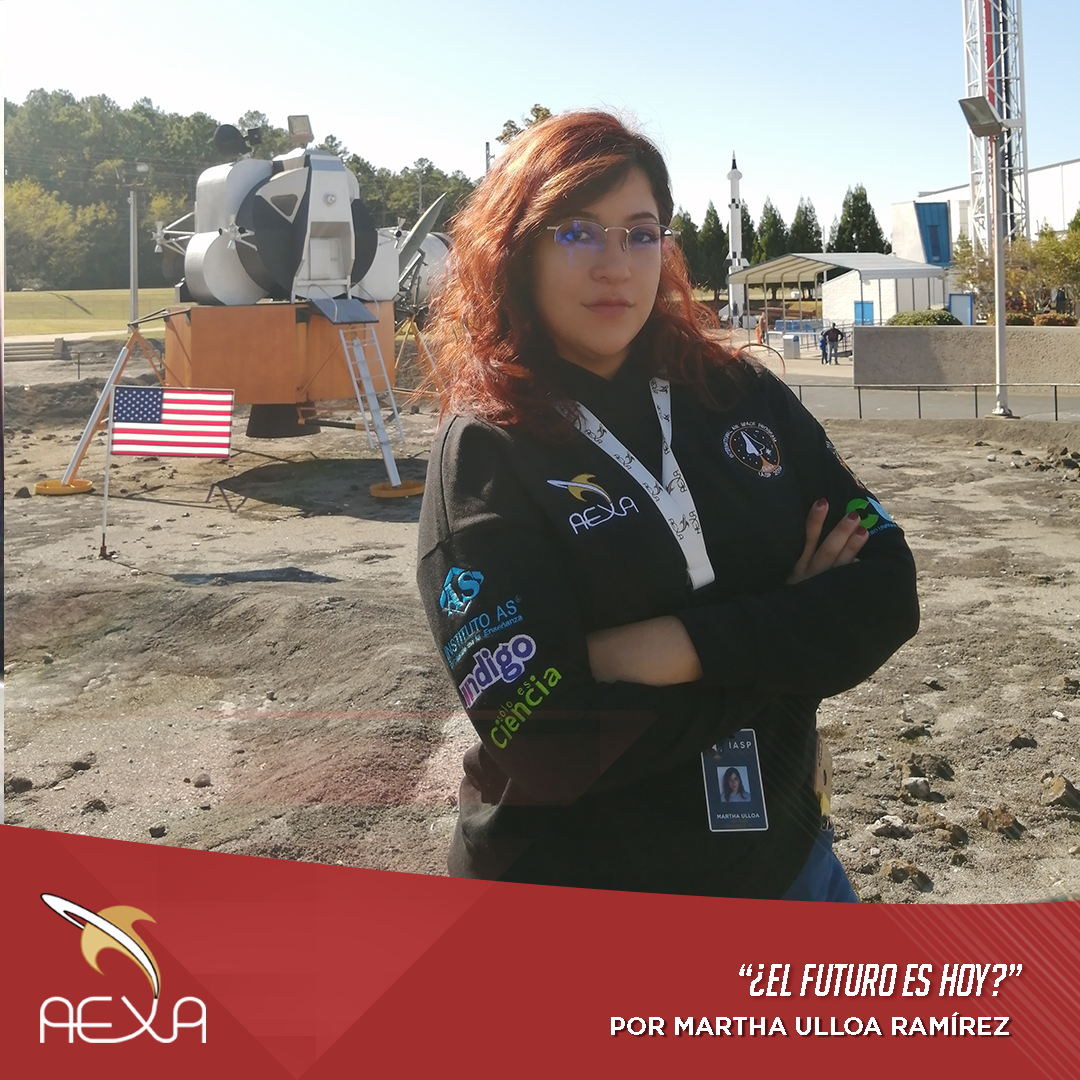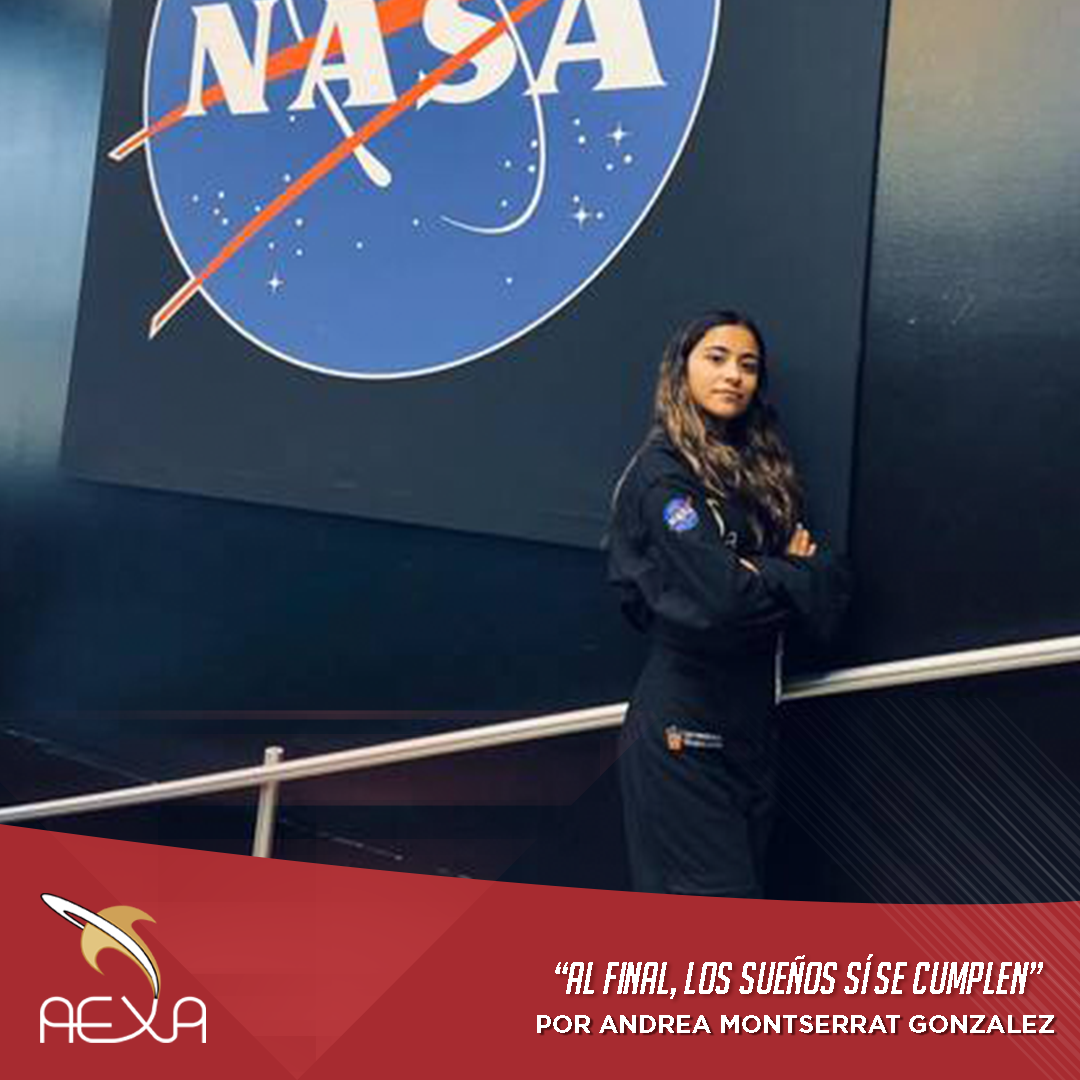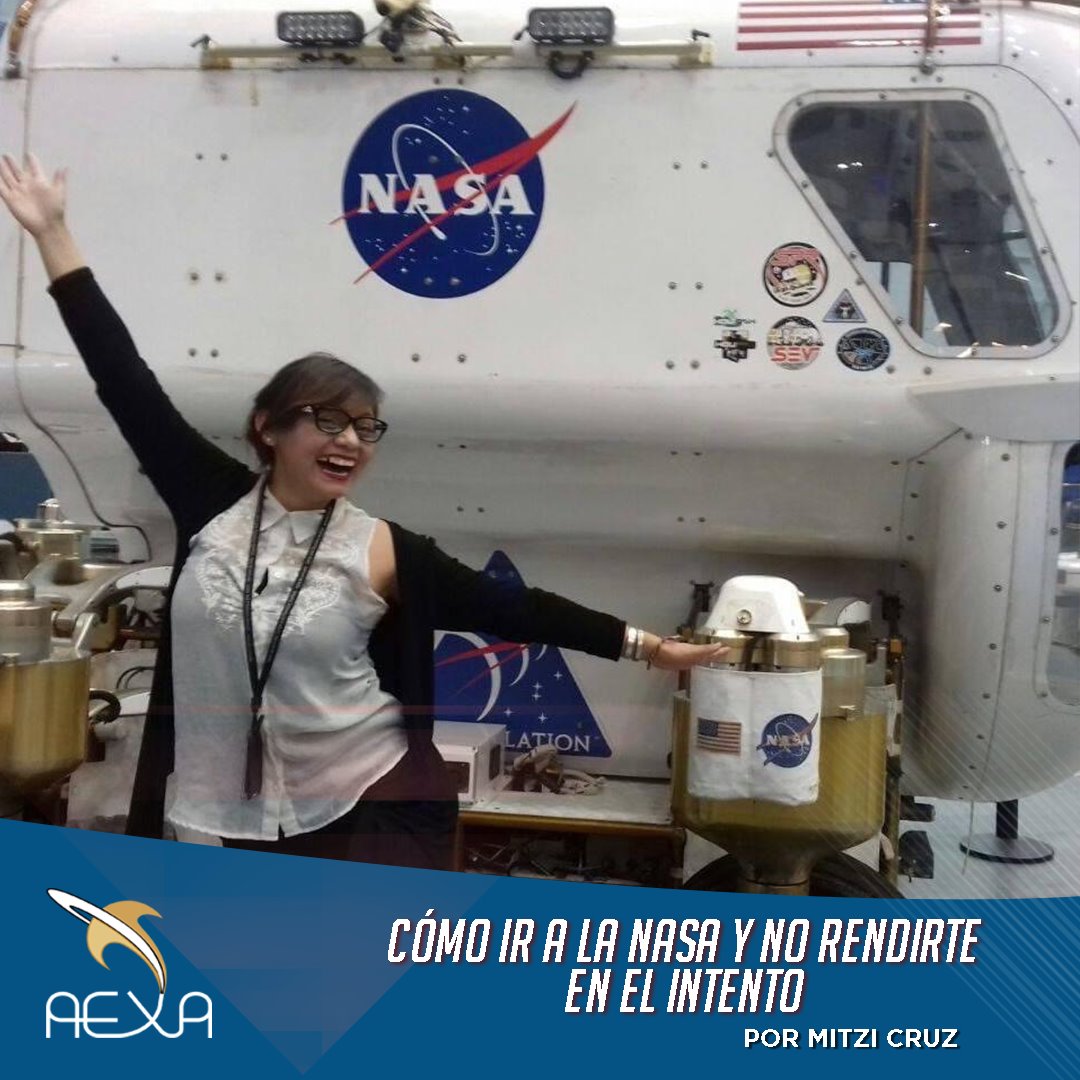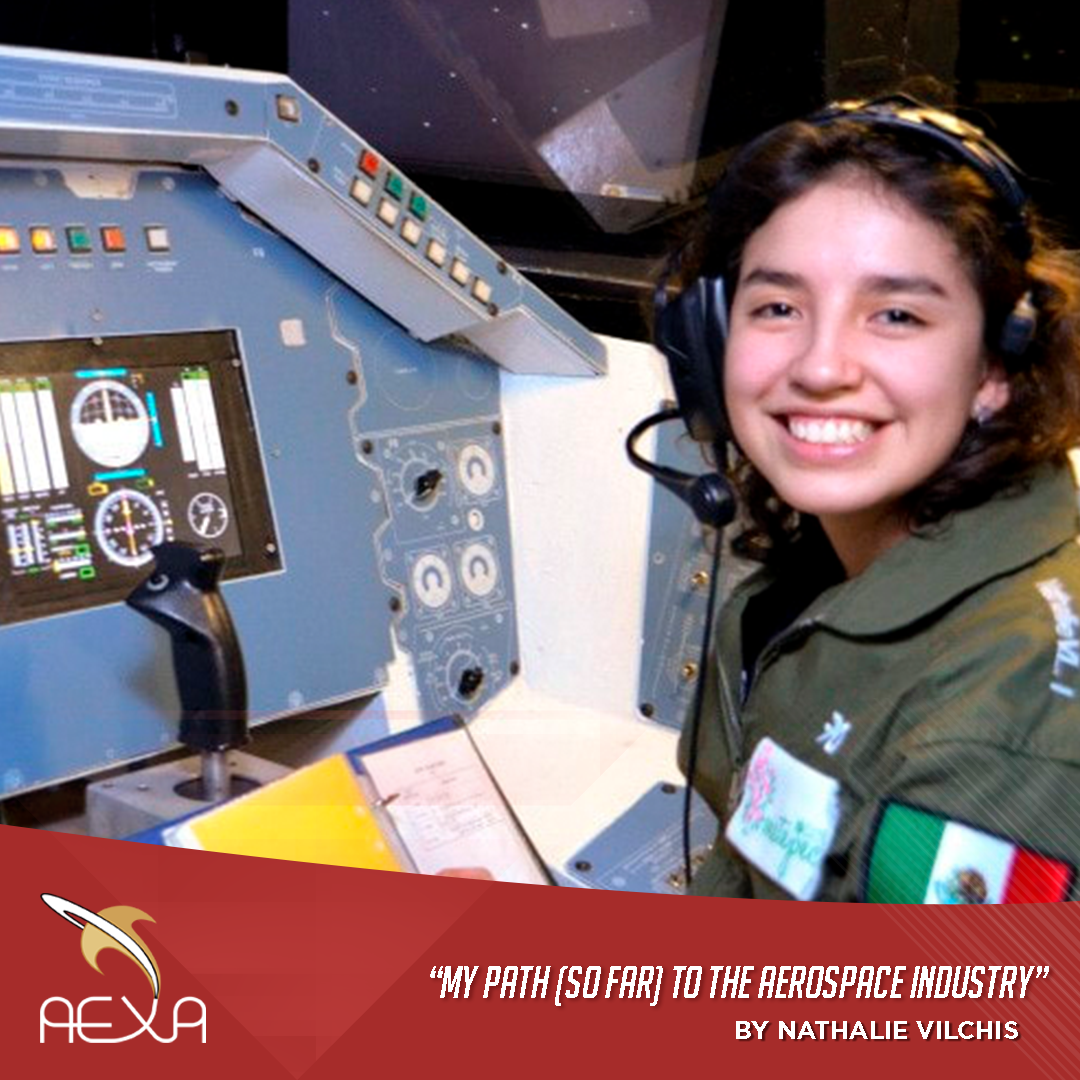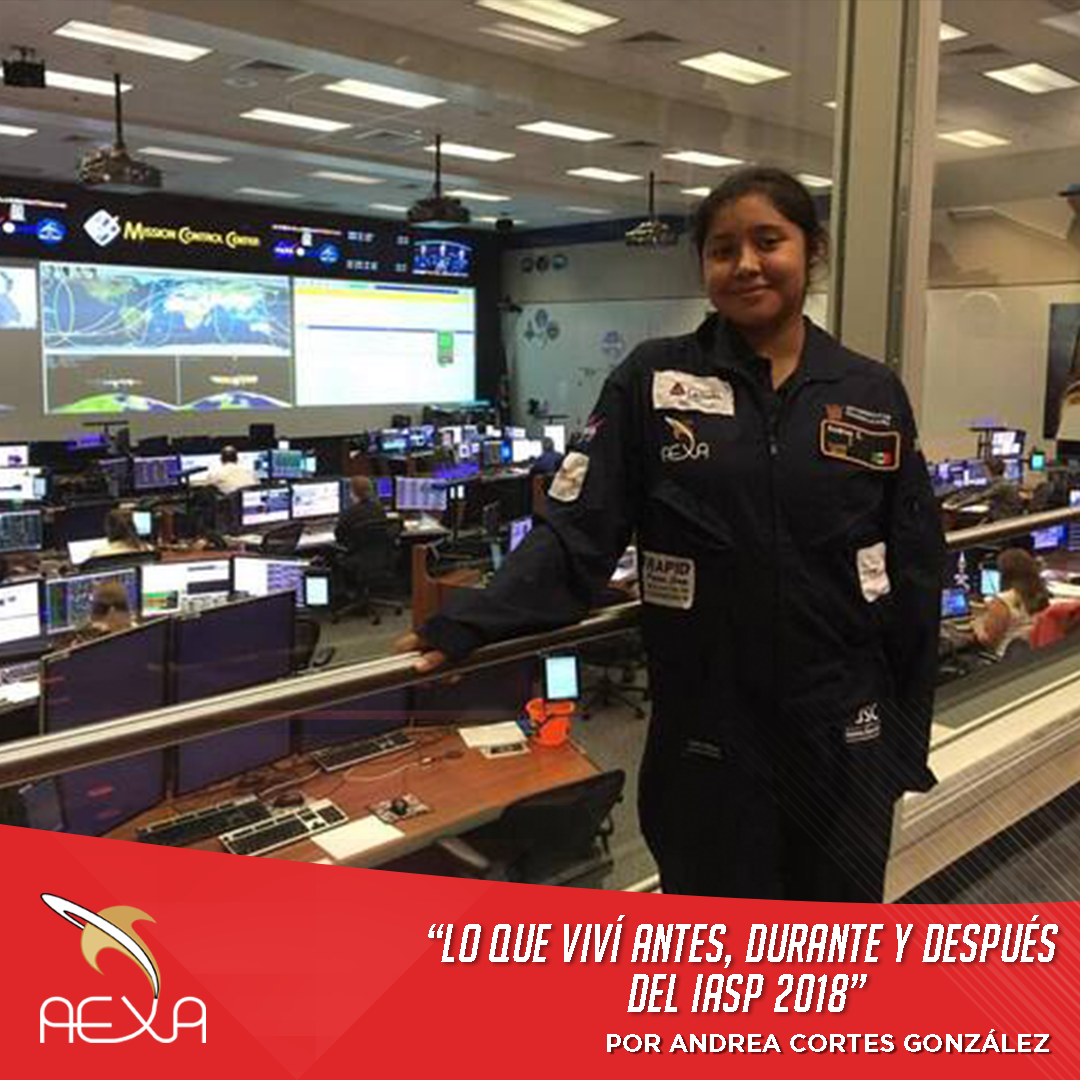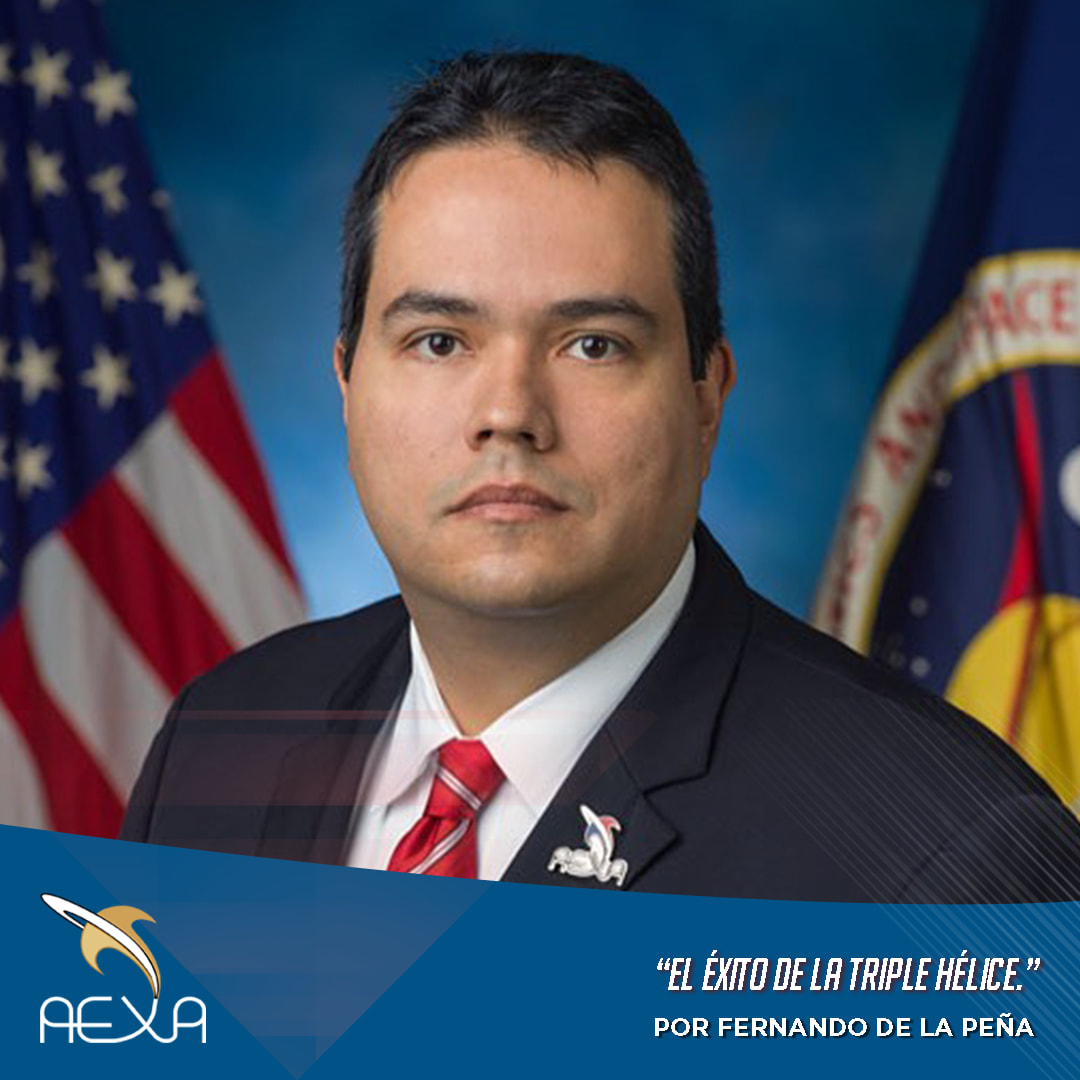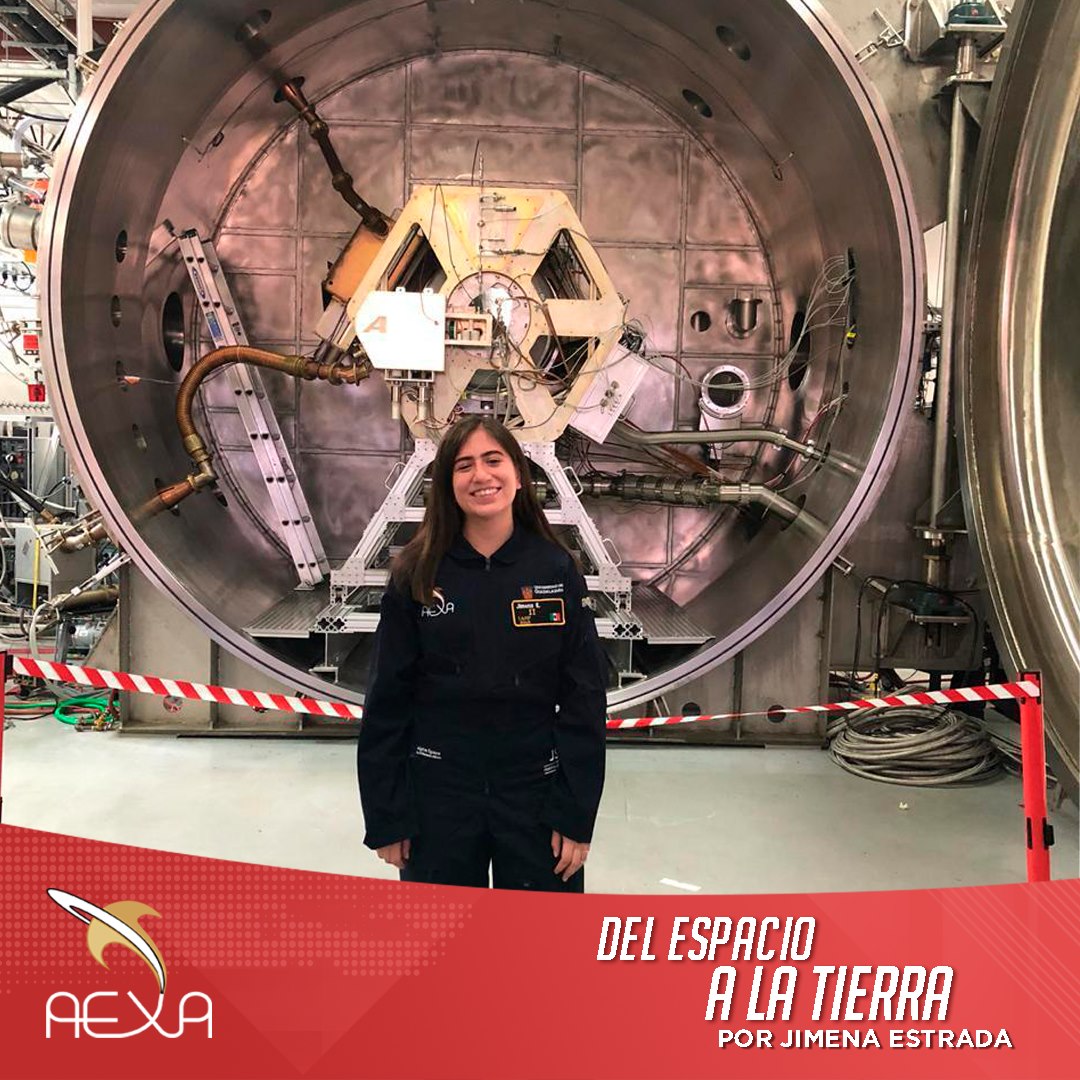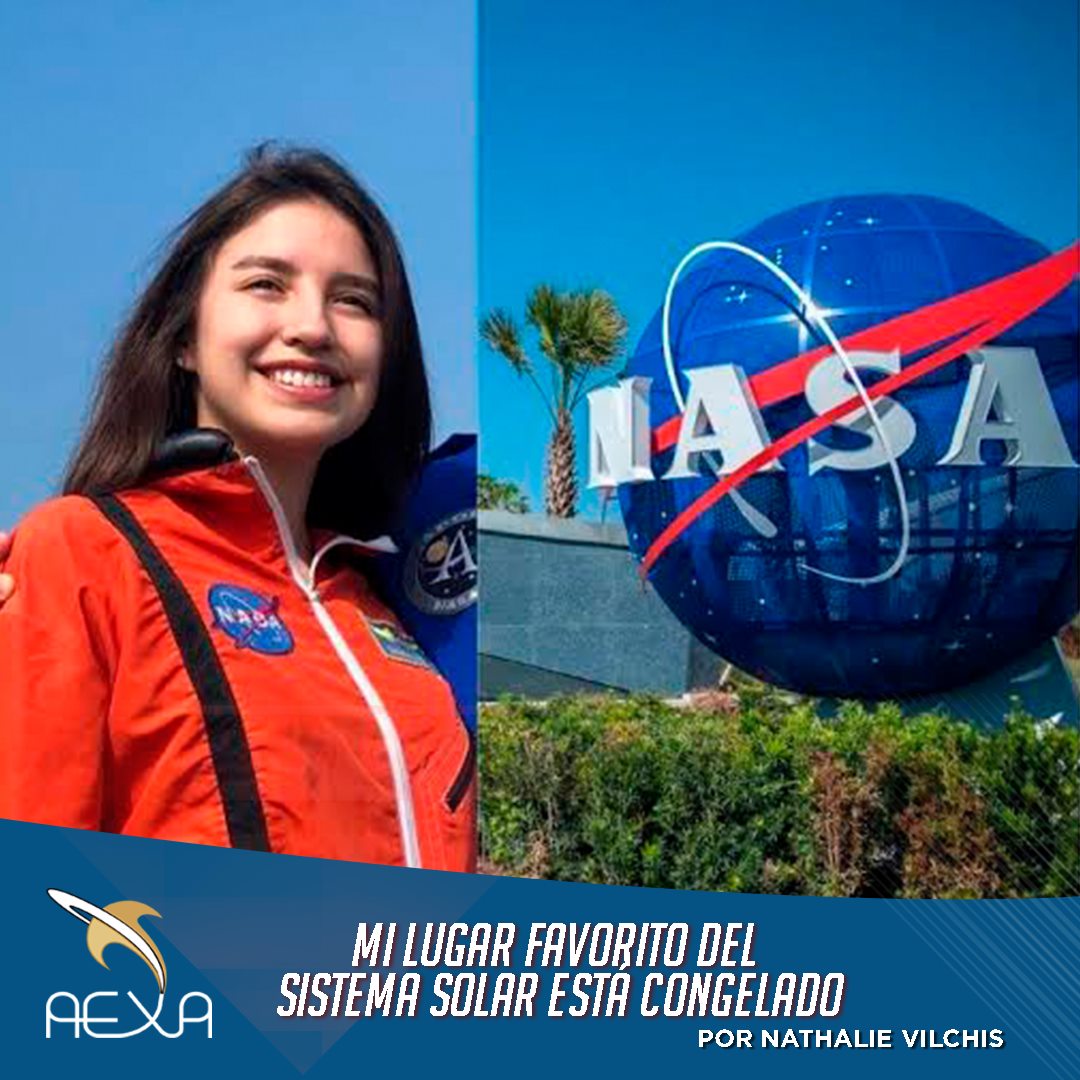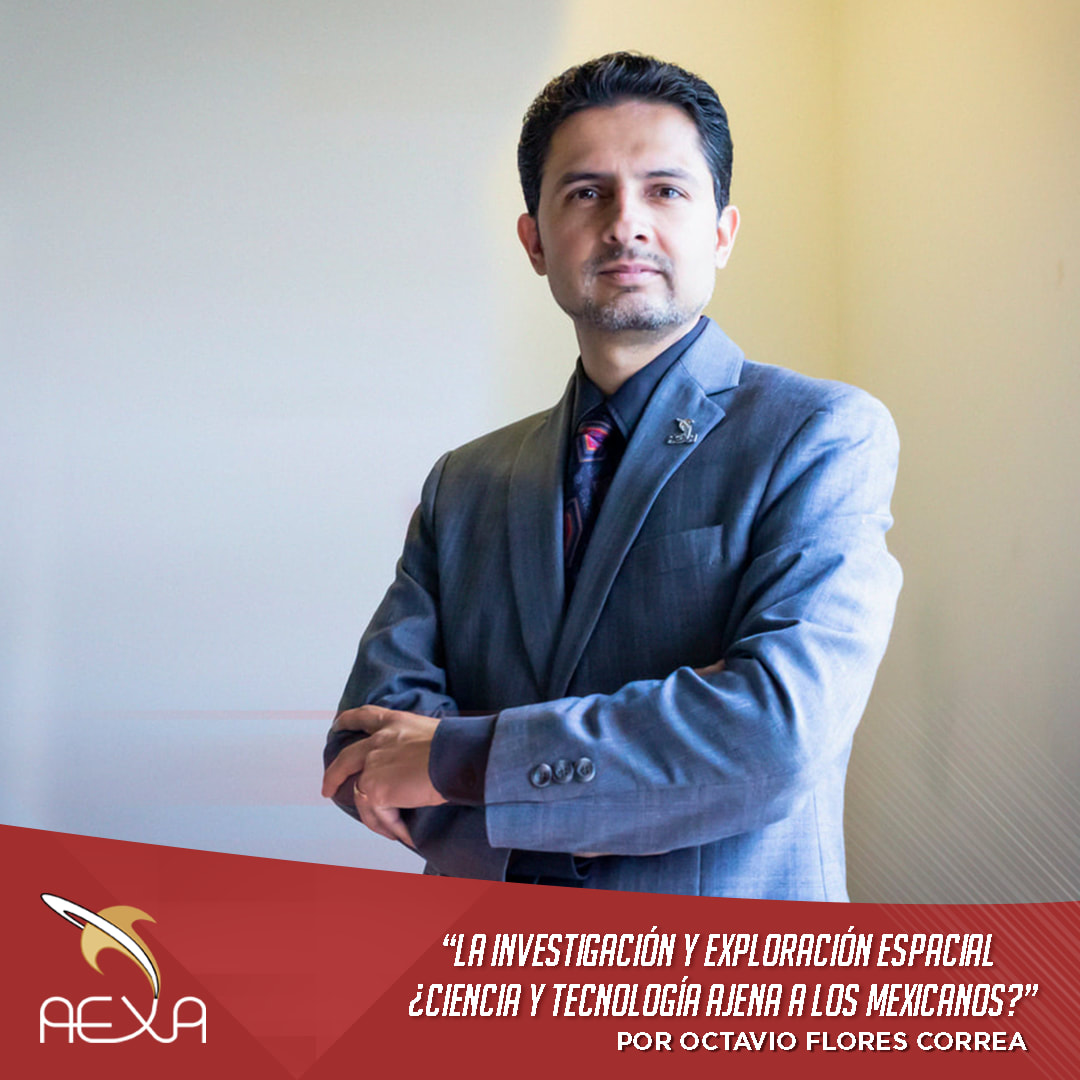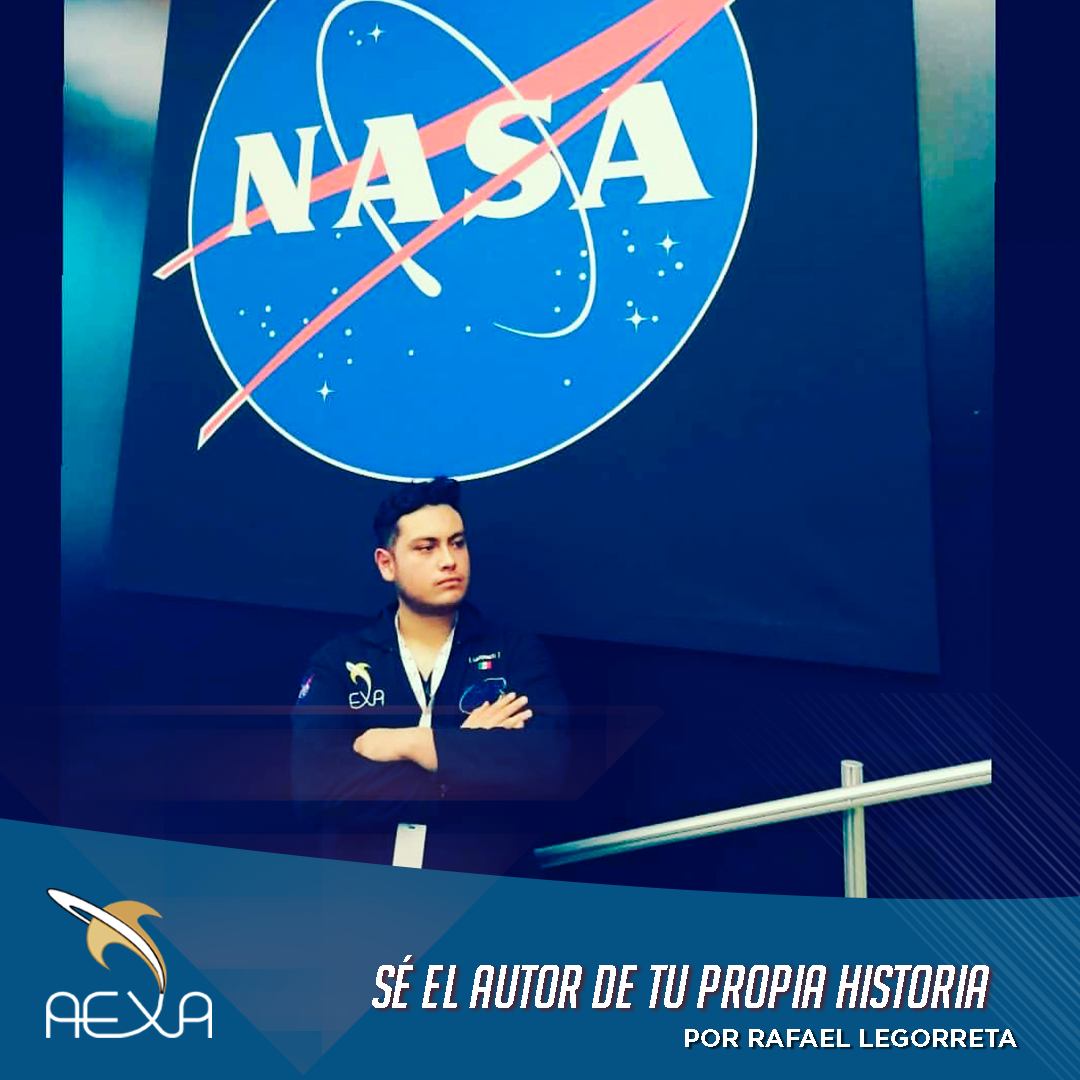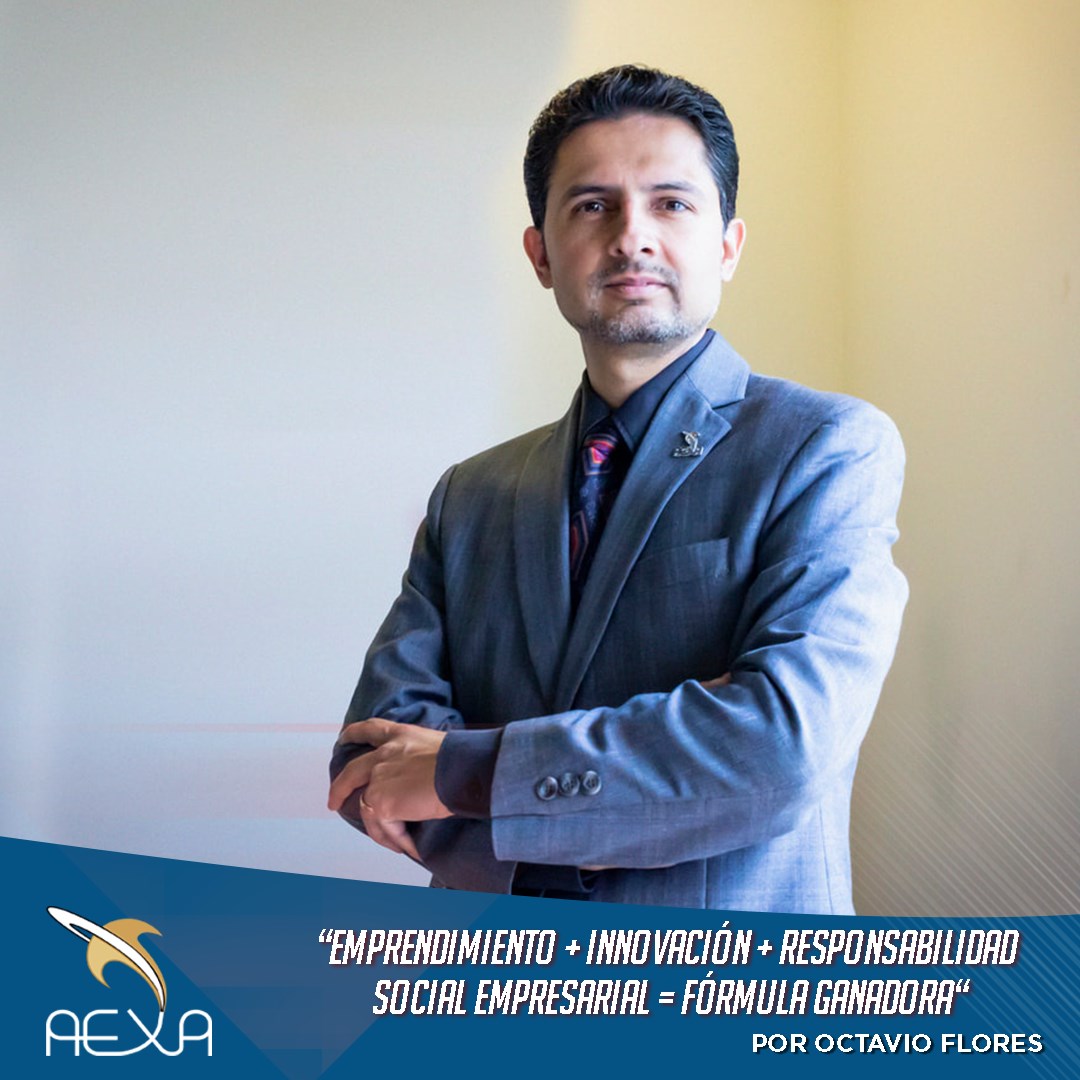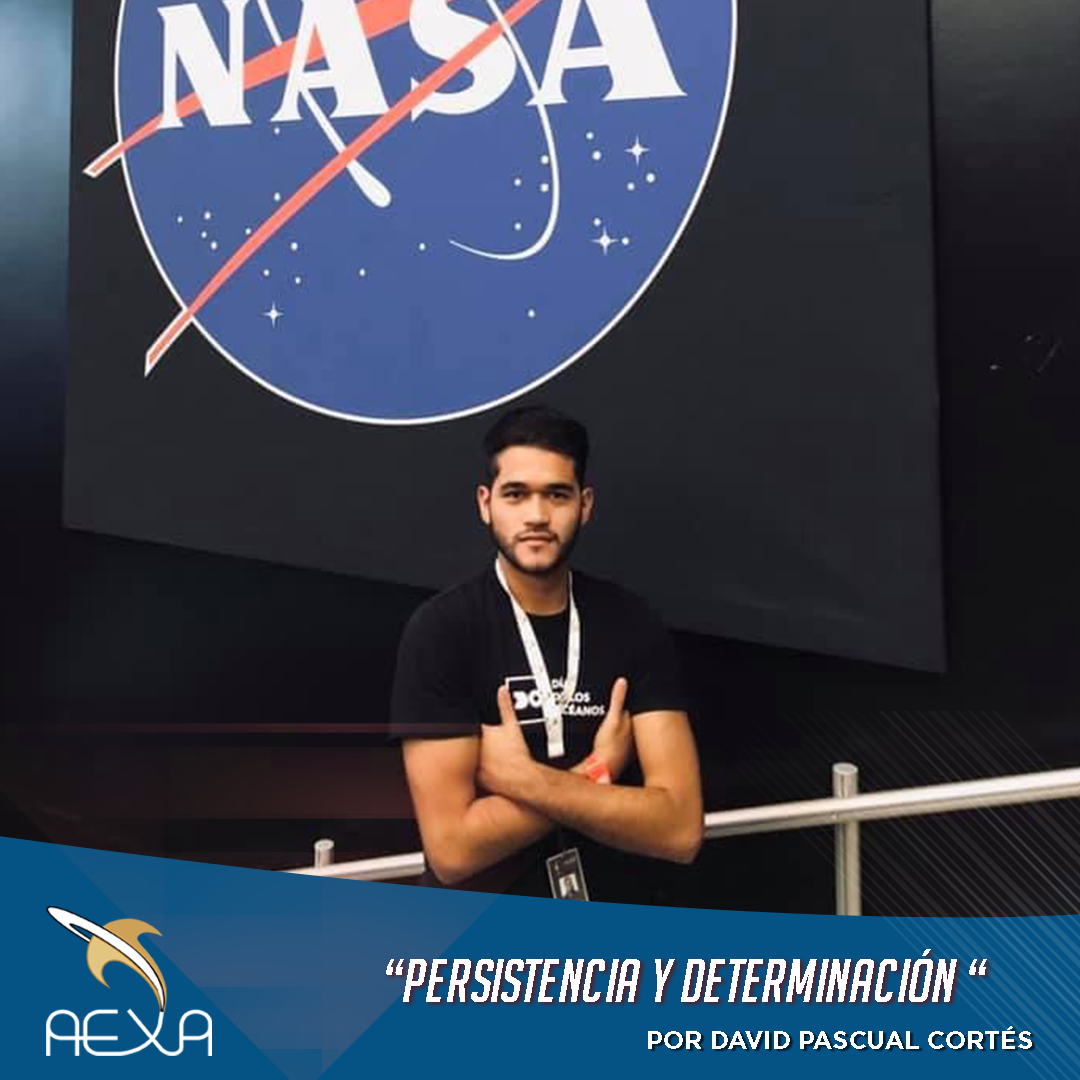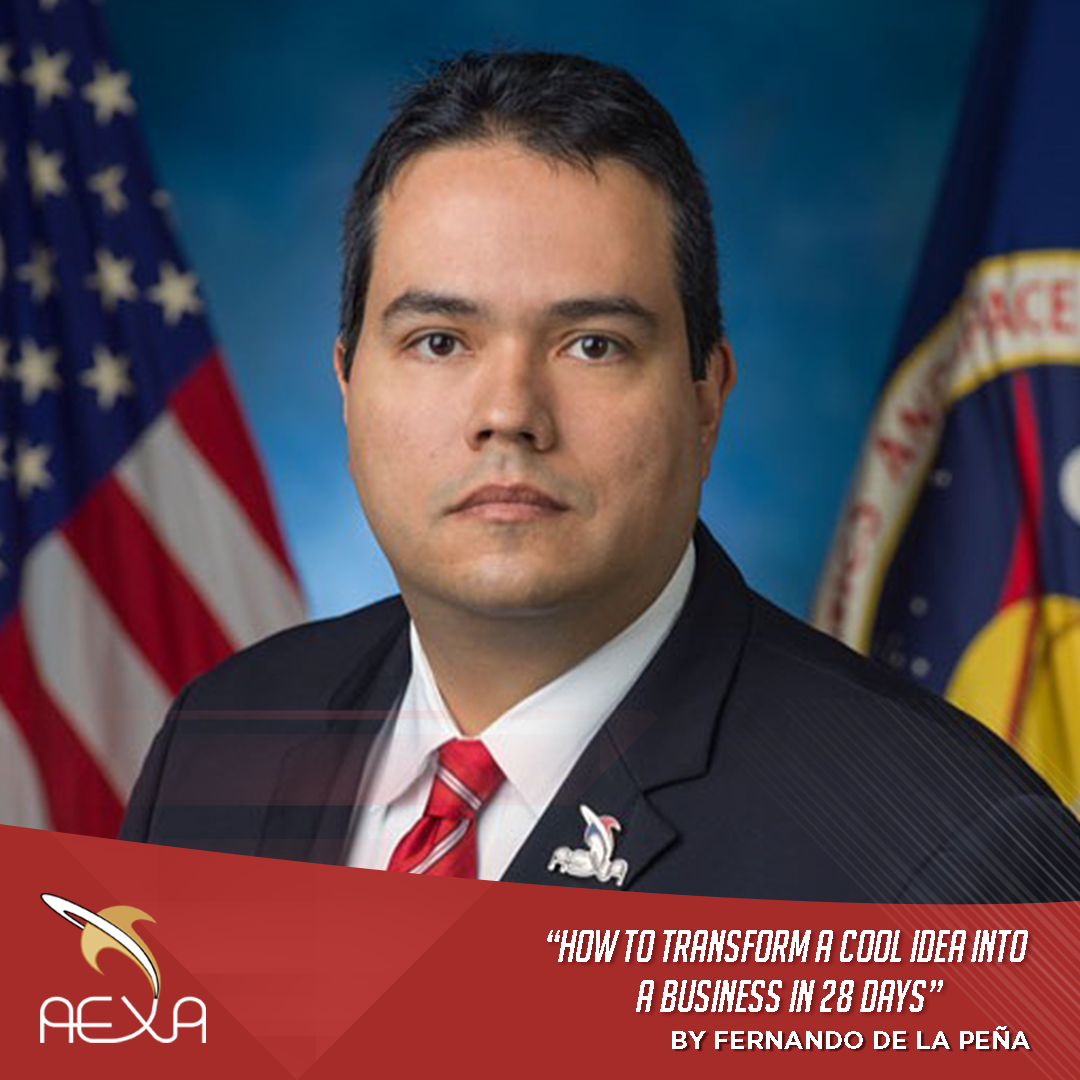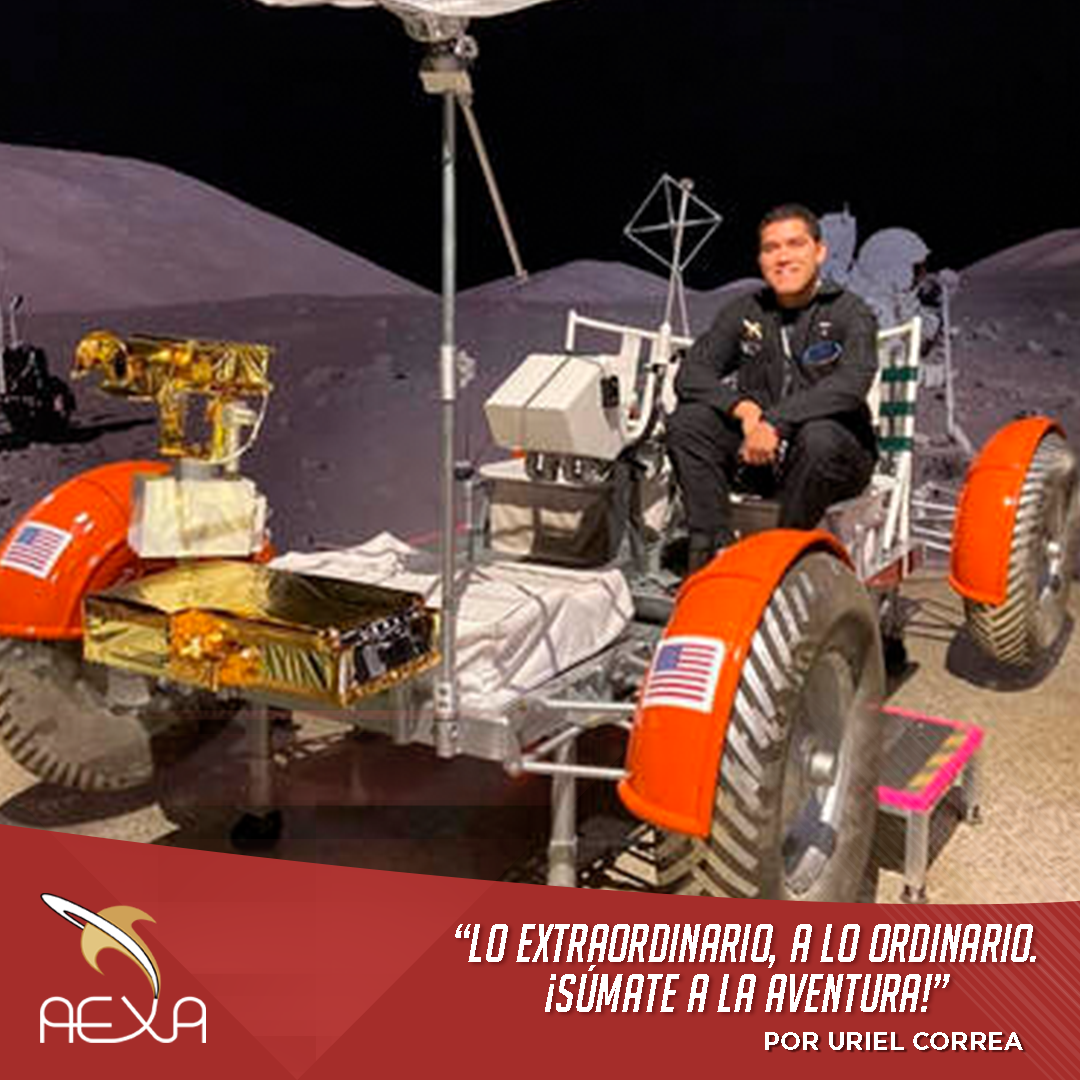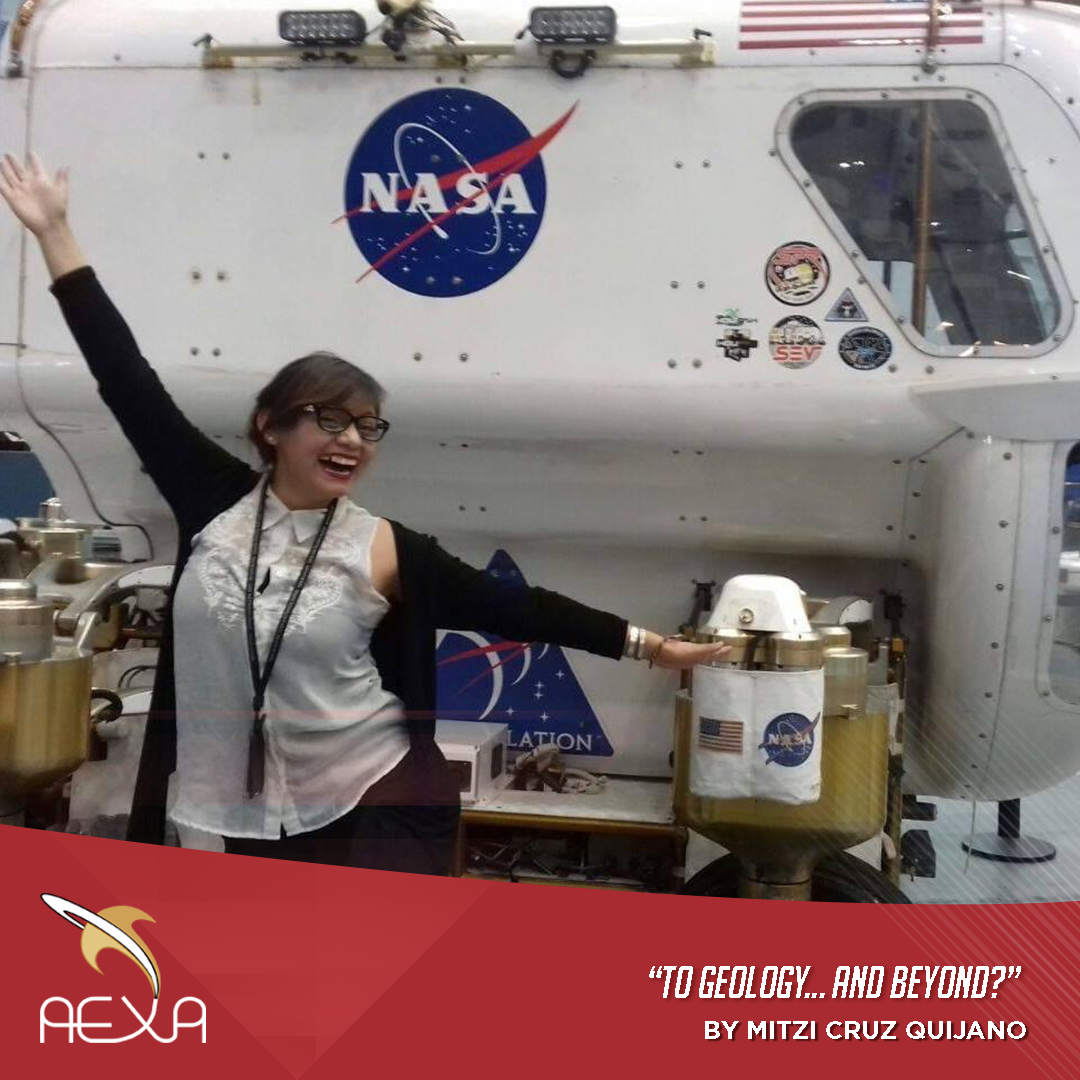El fenómeno conocido como Síndrome de Kessler describe un posible escenario donde una colisión en órbita genera tantos fragmentos que desencadena una reacción en cadena incontrolable. Esto haría inservible ciertas órbitas durante generaciones. La basura espacial no es ciencia ficción: es una amenaza silenciosa, pero creciente. La ingeniería como herramienta para cambiar el rumbo Afortunadamente, la ingeniería tiene un rol fundamental en esta lucha. Desde el desarrollo de satélites más sostenibles y misiones de limpieza orbital, hasta el diseño de materiales resistentes al ambiente espacial. Estudiantes, investigadores y profesionales de todo el mundo están creando tecnologías para evitar, reducir y reutilizar estos desechos.
Además, el proyecto explora el uso de microorganismos extremófilos como Deinococcus radiodurans y Methanococcus jannaschii para desintegrar partes inservibles. En simulaciones realizadas en MATLAB, se estima que estas bacterias podrían acelerar la degradación de ciertos materiales hasta en un 70% menos de tiempo comparado con su desintegración natural en el vacío o atmósfera. Todo esto, por supuesto, aún está en fase de ideación, pero representa una dirección audaz para futuras investigaciones. Cooperación global: un problema, una responsabilidad compartida La basura espacial no pertenece a un solo país. Por eso, agencias como la NASA, la ESA, JAXA, Roscosmos, y organizaciones privadas están trabajando en conjunto para encontrar soluciones. Misiones como ClearSpace-1 de la ESA buscan capturar satélites fuera de servicio, mientras que otras desarrollan velas para frenar objetos y hacerlos reentrar de forma segura a la atmósfera. Pero el futuro necesita más que soluciones técnicas: necesita mentes comprometidas. Los jóvenes también pueden ser parte del cambio Programas como los de AEXA Aerospace (Aplicaciones Extraordinarias Aeroespaciales) están formando a nuevas generaciones de científicos e ingenieros que no solo sueñan con el espacio, sino que ya están trabajando para protegerlo. Iniciativas estudiantiles como RenewX nacen de estas oportunidades y muestran que la innovación no tiene edad. El espacio no es una tierra de nadie: es responsabilidad de todos. Limpiar nuestras órbitas es proteger nuestras comunicaciones, nuestras futuras misiones, y en última instancia, el legado que queremos dejar como civilización tecnológica. Porque cuidar el espacio es también cuidar la Tierra. Space Debris: A New Era of Responsible EngineeringSince humans began exploring space, every launch has left a trace. Rocket fragments, defunct satellites, and debris from collisions now orbit the Earth at incredible speeds. At first glance, space debris may seem like a distant issue. However, its impact is very real—both for ongoing space missions and for our daily lives, which depend heavily on satellite technologies for communication, navigation, weather forecasting, and even financial transactions.
What Exactly Is Space Debris? Space debris—also known as orbital debris—is not made up of asteroids or natural rocks. It consists of human-made objects that no longer serve a useful purpose but continue orbiting the Earth. This includes rocket parts, defunct satellites, fragments from explosions or collisions, and even tools lost by astronauts. According to the European Space Agency (ESA), over 36,000 objects larger than 10 cm are currently tracked in low Earth orbit. But perhaps even more concerning are the millions of smaller fragments that also pose a threat. At orbital speeds (exceeding 28,000 km/h), even a single screw can puncture a spacecraft module. Why Should We Care from Earth? Some people argue that we should focus on solving problems on Earth before looking to space. But the truth is—they’re deeply interconnected. If space debris continues to accumulate, we could lose access to essential technologies: from weather forecasting to satellite internet. Additionally, future missions to the Moon, Mars, or space stations could be jeopardized if they must navigate through clouds of debris.
Engineering as a Tool for Change Fortunately, engineering plays a vital role in addressing this issue. From designing more sustainable satellites and orbital cleanup missions to developing materials resilient to the harsh conditions of space, engineers around the world—students, researchers, and professionals alike—are working on solutions to prevent, reduce, and reuse orbital waste. One innovative example is RenewX, a space research project developed by Daniel Hiram Serrato Robledo, which proposes a recycling capsule for the International Space Station (ISS). This capsule not only collects and stores small fragments of obsolete metallic materials but also uses carbon fiber robotic arms in a controlled environment to treat and decontaminate the materials, eliminating accumulated surface radiation and preparing them for reuse in new systems.
Global Cooperation: One Problem, One Shared Responsibility
Space debris does not belong to a single country. That’s why agencies like NASA, ESA, JAXA, Roscosmos, and private organizations are working together to find global solutions. Missions such as ESA’s ClearSpace-1 aim to capture and deorbit non-functional satellites, while other projects are developing drag sails to slow down debris and ensure safe atmospheric reentry. But the future demands more than just technical solutions—it requires committed minds. Young Minds Can Be Part of the Change Programs such as those by AEXA Aerospace (Extraordinary Aerospace Applications) are training a new generation of scientists and engineers who not only dream of space—but are actively working to protect it. Student initiatives like RenewX are born from these opportunities and prove that innovation knows no age. Space is not a no-man’s land—it’s everyone’s responsibility. Cleaning up our orbits means protecting our communications, our future missions, and ultimately, the legacy we wish to leave as a technological civilization. Because protecting space is also protecting Earth.
0 Comments
|
CategoriesBLOGS anterioresArchivos
June 2025
|
Contact us
Parque Lincoln, Anatole France 51, Polanco V Sección, CP 11560 CDMX.
Tel. 5579661224
Tel. 5579661224
Legal
© Copyright 2025 | All Rights Reserved | Privacy Policy
Aplicaciones Extraordinarias Aeroespaciales AEXA SA de CV
Aplicaciones Extraordinarias Aeroespaciales AEXA SA de CV
International Air and Space Program y AEXA son marcas registradas.








